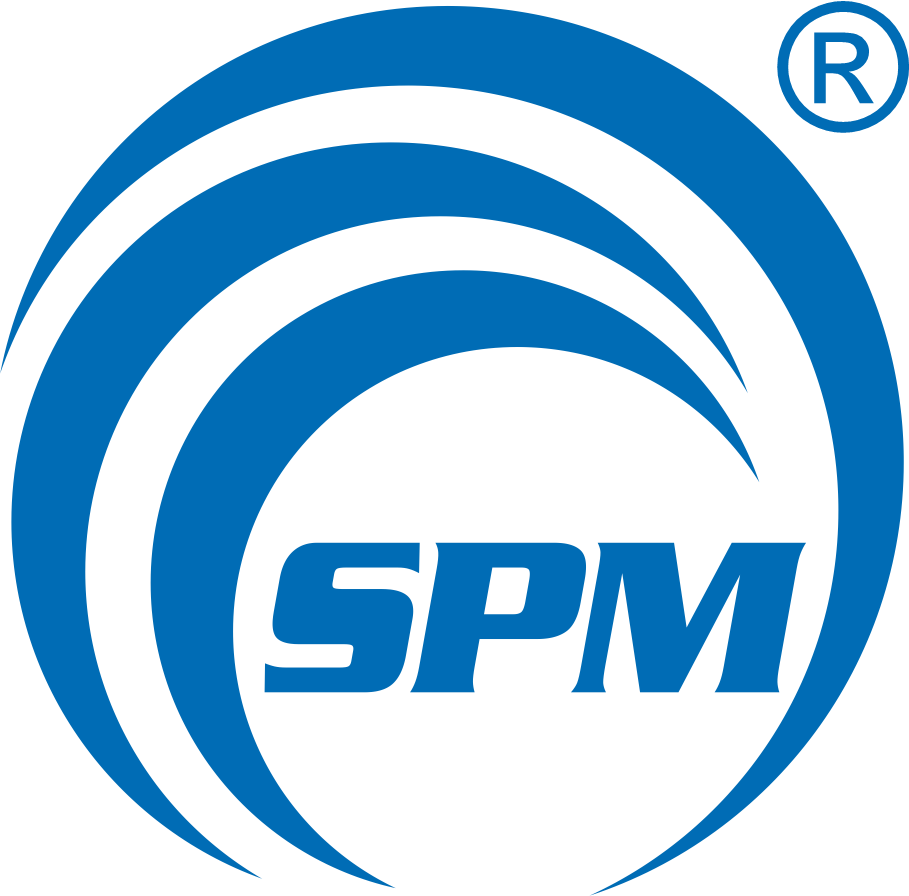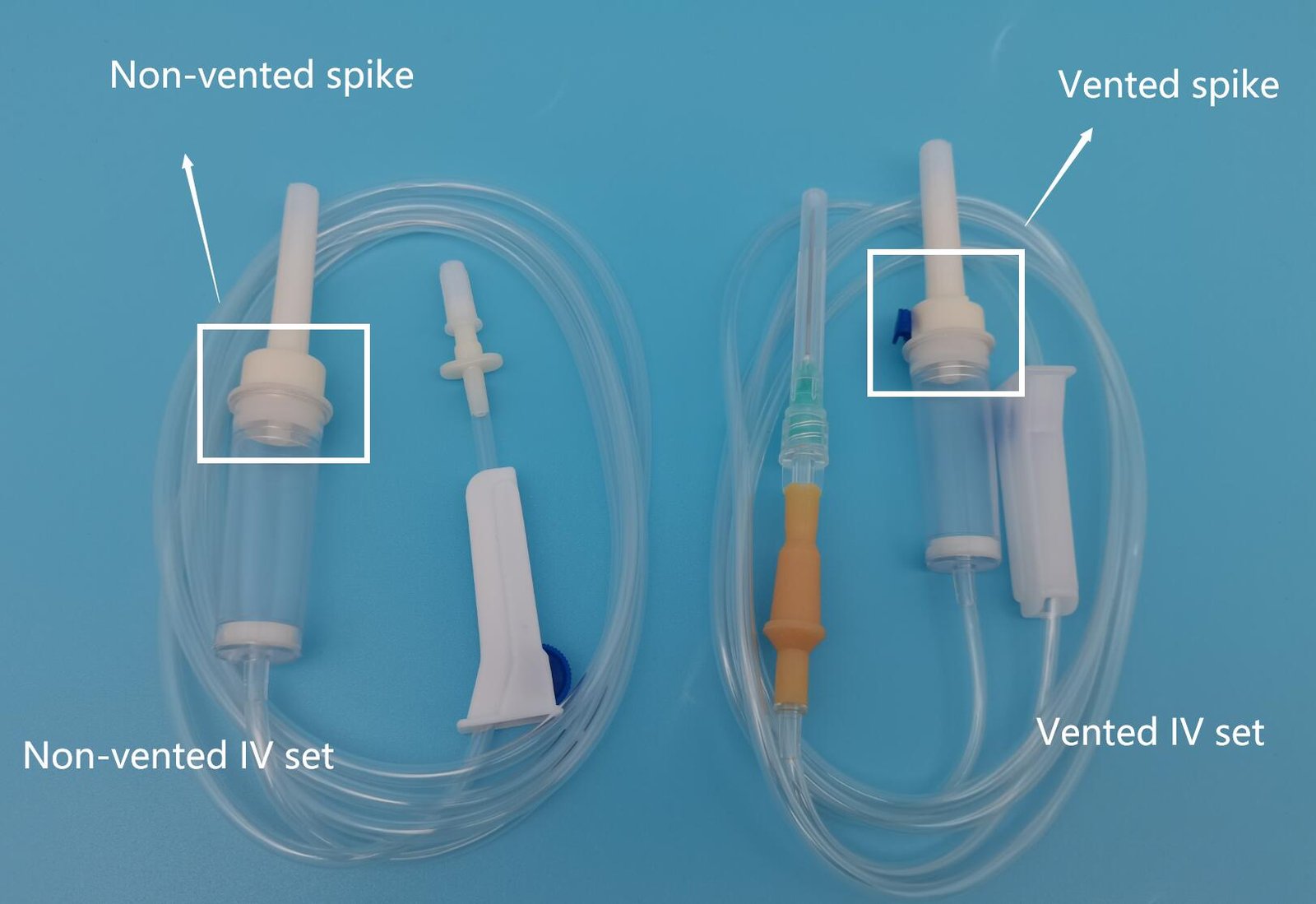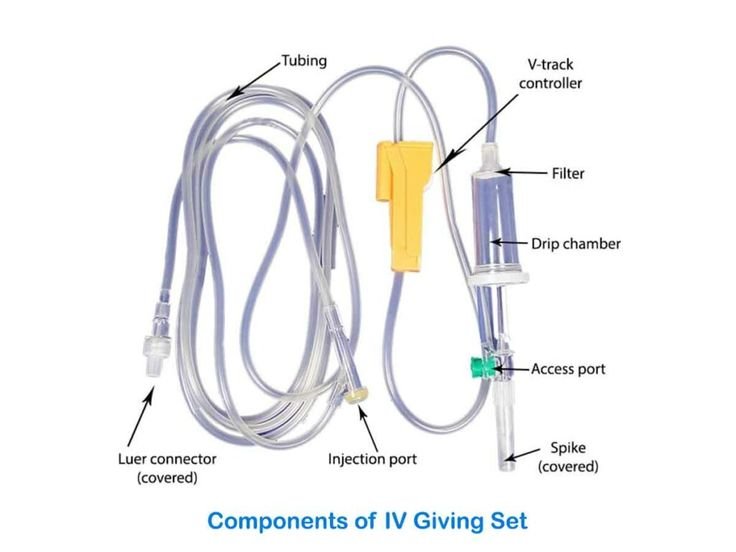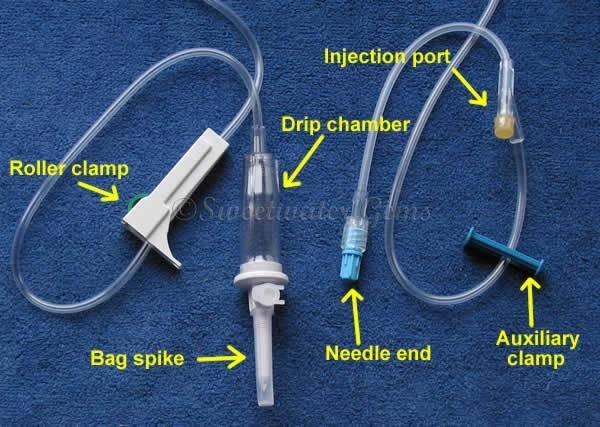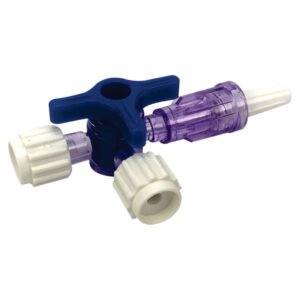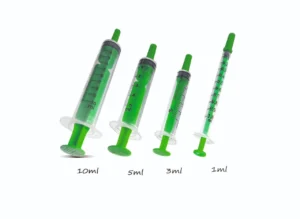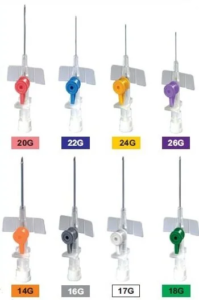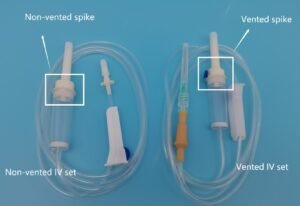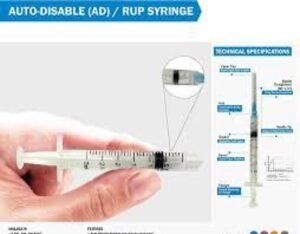If, you’ve probably seen an IV set in action, If you’ve ever spent time in a sanitarium or a medical setting. It’s one of those essential tools that still does its job, delivering fluids and specifics directly into a case’s bloodstream. But not all IV sets are the same. moment, we’re fastening on a specific type the IV Set Non Vented . This might sound specialized, but understanding the differences and benefits can give you better insight into why these are used in certain situations.
What Exactly is an IV Set Non Vented ?
So, what’s the deal with an IV Set Non Vented ? Basically, it’s a type of intravenous( IV) set that does n’t have an air articulation. You might be wondering why that matters. Well, when medical professionals are working with unrestricted systems — like those flexible IV bags that you’ve presumably seen hanging on a pole by a case’s bed — introducing air is n’t necessary. In fact, it could indeed be dangerous. A IV Set Non Vented is specifically designed to help air from getting into the system, keeping everything sterile and safe.
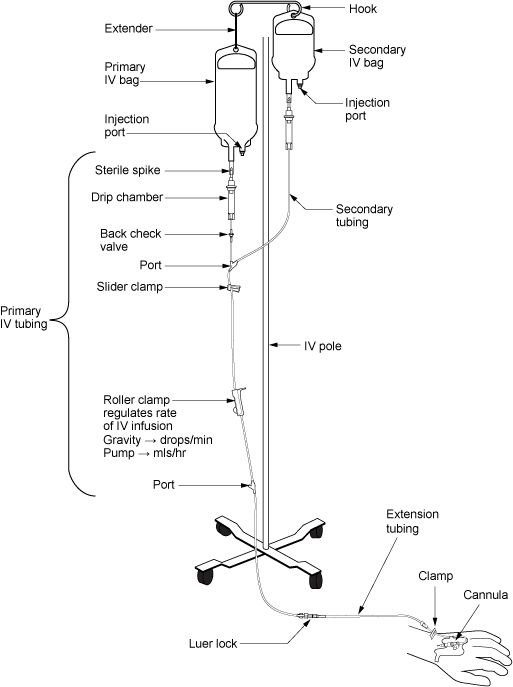
Breaking Down the Components
Let’s take a near look at the corridor that make up a non-vented IV set
- Drop Chamber:
This is where you can actually see the fluid trickling through the IV. It helps healthcare providers cover the inflow rate. Non-vented sets, this chamber is pivotal because it ensures no air gets into the line, which could be dangerous.
- Tubing:
The tubing is what connects the fluid source to the case. It’s generally made from flexible, medical- grade accouterments that are safe and durable. The length and inflexibility allow it to fluently connect the bag of fluids to the case.
- Flow Regulator:
This part lets the medical staff control how fast or decelerate the fluid is administered. Precision then’s crucial, especially in non-vented systems, to make sure the right quantum of fluid is given over a specific time.
- Connector:
The connector is what links the IV set to the case’s catheter. It’s designed to make sure the connection is tight and secure, maintaining the sterility of the whole setup.
Non-Vented vs. Vented IV Sets What’s the Difference?
The big difference between non-vented and vented IV sets is the presence( or absence) of an air articulation. Vented IV sets are used when the fluid is stored in rigid holders, like glass bottles. These systems need air to inflow into the vessel as the fluid leaves, so the air articulation is pivotal.
Still, in non-vented systems, like those using flexible plastic IV bags, the bag collapses as fluid is withdrawn, so there’s no need for air to enter. In fact, adding air could be dangerous, which is why a IV Set Non Vented is the better choice in these cases.
Why Use a Non-Vented IV Set?
- Keeping effects Sterile:
One of the biggest advantages of a IV Set Non Vented is that it helps maintain a sterile terrain. Since there’s no articulation, there’s no threat of outside air — and the pollutants it could carry — getting into the system.
- Safety First:
Air embolism is a serious threat when air enters the bloodstream, which can be if there’s an articulation in the system that is n’t demanded. Non-vented IV sets exclude this threat by precluding air from getting into the line.
- Versatility:
Non-vented IV sets can be used with a variety of fluid sources, making them protean in different medical situations. Whether it’s apre-filled hype or a flexible IV bag,non-vented sets are a go- to choice.
When Are Non-Vented IV Sets Used?
- Giving Medications:
When specifics are delivered via IV, especially from flexible bags,non-vented IV sets are frequently used. They ensure that the drug is administered in a controlled, sterile way.
- Hydrating Patients:
In cases where cases need fluids over a long period,non-vented IV sets are ideal. They allow for precise control of fluid delivery, reducing the threat of complications.
- Total Parenteral Nutrition( TPN):
For cases who ca n’t eat typically, TPN provides all necessary nutrients through an IV. Non-vented sets are perfect for this because they keep the nutrient result sterile and air-free.
- Administering Chemotherapy:
Chemotherapy medicines are frequently given through an IV. Non-vented sets are used to ensure the drug is delivered safely and directly, minimizing any threat to the case.
Using a IV Set Non Vented A Step- by- Step companion
Using a IV Set Non Vented isn’t delicate, but it does bear careful attention to detail
- Get Everything Ready
: Start by gathering all your inventories. Make sure everything is clean to avoid introducing pollutants. - Connect the IV Set:
Attach the IV set to the fluid source, making sure it’s a tight fit with no leaks. - connect the Line:
Before hooking it up to the Pateitnt, high the line by letting the fluid run through it. This gets rid of any air in the tubing.
- Connect to the Patient:
Once the line is primed, connect it to the case’s catheter. Acclimate the inflow rate using the inflow controller to match the prescribed treatment.
- Keep an Eye on effects:
As the fluid is administered, cover the inflow rate, check the case’s response, and keep an eye on the IV point for any signs of trouble.
What to Watch Out For
Indeed though non vented IV sets are safer in numerous ways, they still bear proper running. Healthcare providers need to be trained in their use to avoid issues like infiltration( where the fluid leaks into the girding towel), phlebitis( inflammation of the tone), or infection.
Conclusion
The IV Set Non Vented is a vital tool in the medical field. It’s designed to insure that fluids and specifics are delivered safely, with no threat of impurity or air entering the system. Whether it’s used for hydration, drug administration, or further technical treatments like chemotherapy, the IV Set Non Vented plays a pivotal part in patient care. By understanding how these sets work and their advantages, healthcare providers can continue to offer the loftiest standard of care.
